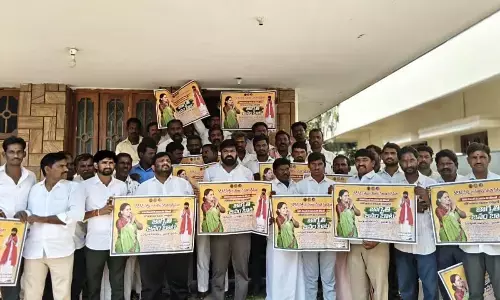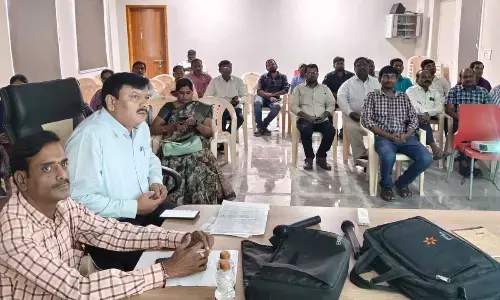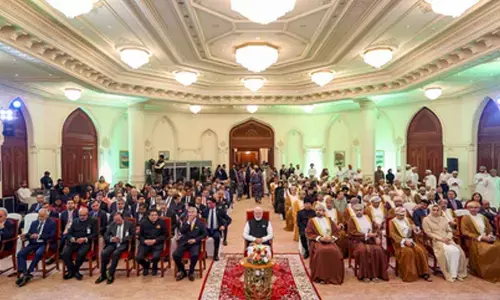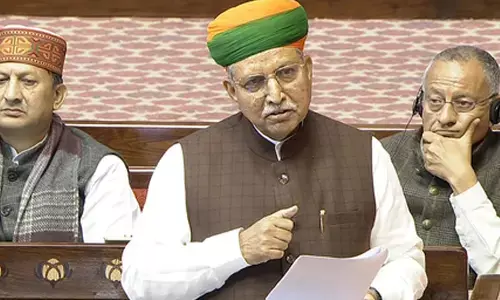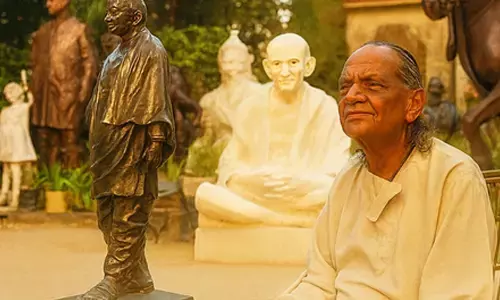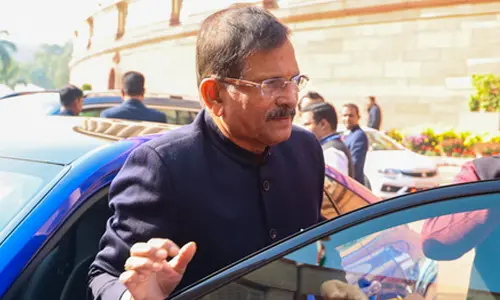What ails Indian system?

What ails Indian system? Though India is at the cusp of change, there is still a long way to go in improving the health and socio-economic status of its citizens.
Though India is at the cusp of change, there is still a long way to go in improving the health and socio-economic status of its citizens. A run-through of its national profile shows an India that’s exponentially growing, yet its negative effects are a concern. And still larger parts of the nation continue to be at a disadvantage due to regressive social practices.
Listed below are six areas of social development important to progress:
Healthcare for rural India
With only 7.0 physicians and 17.1 midwives/nurses for every 10,000 patients, there simply aren’t enough health professionals in a nation with increasing population and decreasing environmental health. There is an institutional disregard for the health and hygiene problems of the girl sex. According to Dasra, a philanthropic organisation, in its studies found that 88 per cent of menstruating women in India use unsanitary materials like old rags, sand or ash to absorb blood. This results in a 70 per cent prevalence of urinary tract infections in young girls. More than 20 per cent of the children in the country are not immunised for measles. The under-5 mortality statistics show that for 1000 live births there are 56 fatalities, and 190 maternal fatalities for 100,000 live births. Half the nation does not have access to antenatal care and roughly a third of the child population is not monitored by skilled health professionals. This is why India is home to the largest number of malnourished children.
Microfinance
The socio-economic alleviation of the nation’s poor -most concentrated in the west where 35-45 per cent of the population is poverty-stricken- is a priority when 59 per cent of the population lives on less than $2 (PPP) a day. This doesn’t mean the remaining 41 per cent is better off. According to the World Bank’s 2010 report, 96.3 per cent of the population lives below $5 (PPP) a day. Hence, those sections of society that desperately need to be included into the economy must be assisted. This is where ‘microcredits’ came in, which eventually evolved into micro financing. Microfinance institutions are what you’d call bottom-up solutions to economic inclusiveness. Yet, it’s not without its critics either. What everyone can agree with, however, is that organisations need to help the poor in business-building.
Low-cost education
In 67 years, literacy in India has gone from a paltry 12 per cent to 74.04 per cent (2011). It took more than half a century for India to drag the literacy rate to this number. Even then, there is a staggering gender and regional disparity in literacy levels, where only 65.46 per cent of women, but 82.14 per cent of men are literate. Whilst Tripura has 93.91 per cent literacy, Bihar is stuck at an abysmal 63.8 per cent. This number is even lower for women in Bihar. Mismanagement of government schemes, socially regressive attitudes, economic backwardness that encourages child labour over education are primary reasons for the slow growth in literacy.
Accessible low-cost education, then, becomes an important tool for children in slums, villages and remote areas of the country. It’s not enough to be simply literate, though. Enrolment rates in the country for pre-primary are 58 per cent, primary are 93 per cent, secondary are 69 per cent, and tertiary are 25 per cent.
The numbers may seem impressive, but the Indian education system is fraught with severe problems.
Teacher absenteeism, lower girls’ education, poor infrastructure and sub-par quality of schools show a different picture. For instance, when non-profit ASER conducted a survey of 16,000 villages, the enrolment was found to be a high 96 per cent. However, 50 per cent of those aged 10 could not read at the level of a 6-year-old, and more than 60 per cent of these students were incapable of simple division.
India has a low quality of primary and secondary education. In the 2009 Programme for International Student Assessment (PISA 2009+), where 15-year-old students from across the globe are tested to gauge the quality of education being provided to them, Indian students were miserable at reading , mathematics and science.
Rural economy
Almost 68 per cent of the country is rural, yet the other 32 per cent is always in the news. In fact, the very perception of “development” is narrowly based on what constitutes Western urban development, or development that benefits urban India more than rural India.
Rural areas, for instance, depend on wood fuel. This needs to be remedied by providing these areas access to clean and sustainable energy solutions, a move that’ll help reduce India’s pollution levels (one of the highest in the world at 59ug/m3).
The other side of the rural economy is women’s entrepreneurship. This is, perhaps, one of the most difficult challenges to tackle. Since half of all adolescent girls drop out of school after the age 15, they lose a potential income of $400 billion. Economic empowerment of rural women can only come with their political and social empowerment.
Waste and sewage management
A large percentage of sewage and waste comes from urban India, putting more strain on these regions. In 2000, the Ministry of Urban Development (MoUD) reported that 1,00,000 metric tonnes were generated daily in the country. In 2004-2005, the Central Pollution Control Board (CPCB) surveyed 59 cities (35 metro cities and 24 state capitals) and found these cities generated 39,031 tons per day.
This waste needs to be collected, separated and treated. Open sewers pollute land, soil, underground water resources and the air, besides causing an intolerable stink.
Sanitation
Old ills still plague, but incredible achievements have been made in the country. One such achievement is the increase in access to drinking water. Between 1990 and 2012, the government increased drinking water access to 534 million people. However, a higher number -597 million- still defecates openly. 65 per cent of rural India still does not have access to sanitation, a problem more compounded for women, as they have special hygiene needs. In urban India, this number is 12 per cent, where the problem is largely confined to semi-urban regions and slums.
These are just some of the problems that beset healthy, sustainable and equitable progress in India.
Where many of these problems reflect the systemic rot in the nation and policy failure, others can be addressed by social enterprises and organisations that seek to include marginalised, discriminated or neglected communities across India. There is no point in cleaning a wound if the abscess beneath is untreated.
By: S Aijaz









